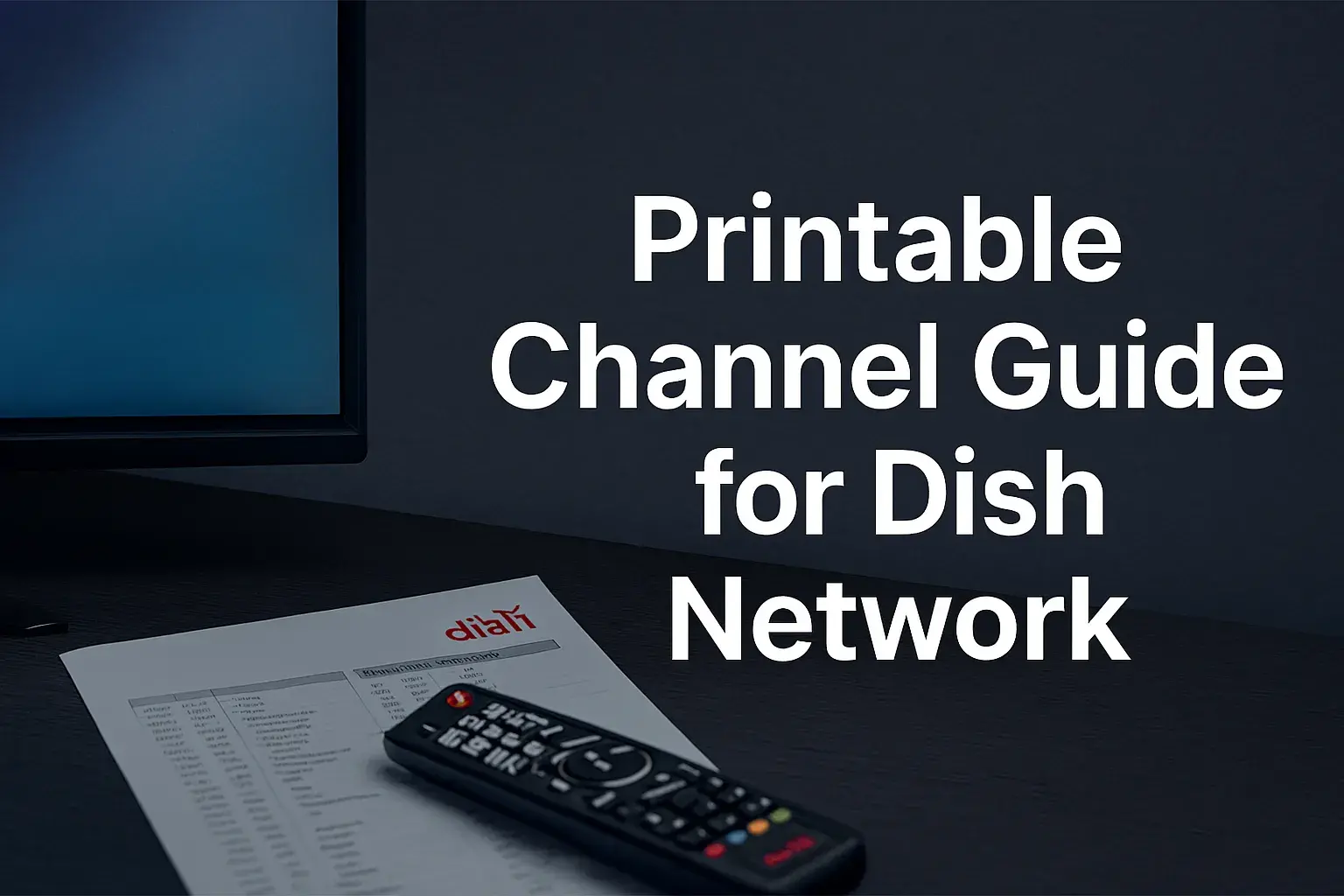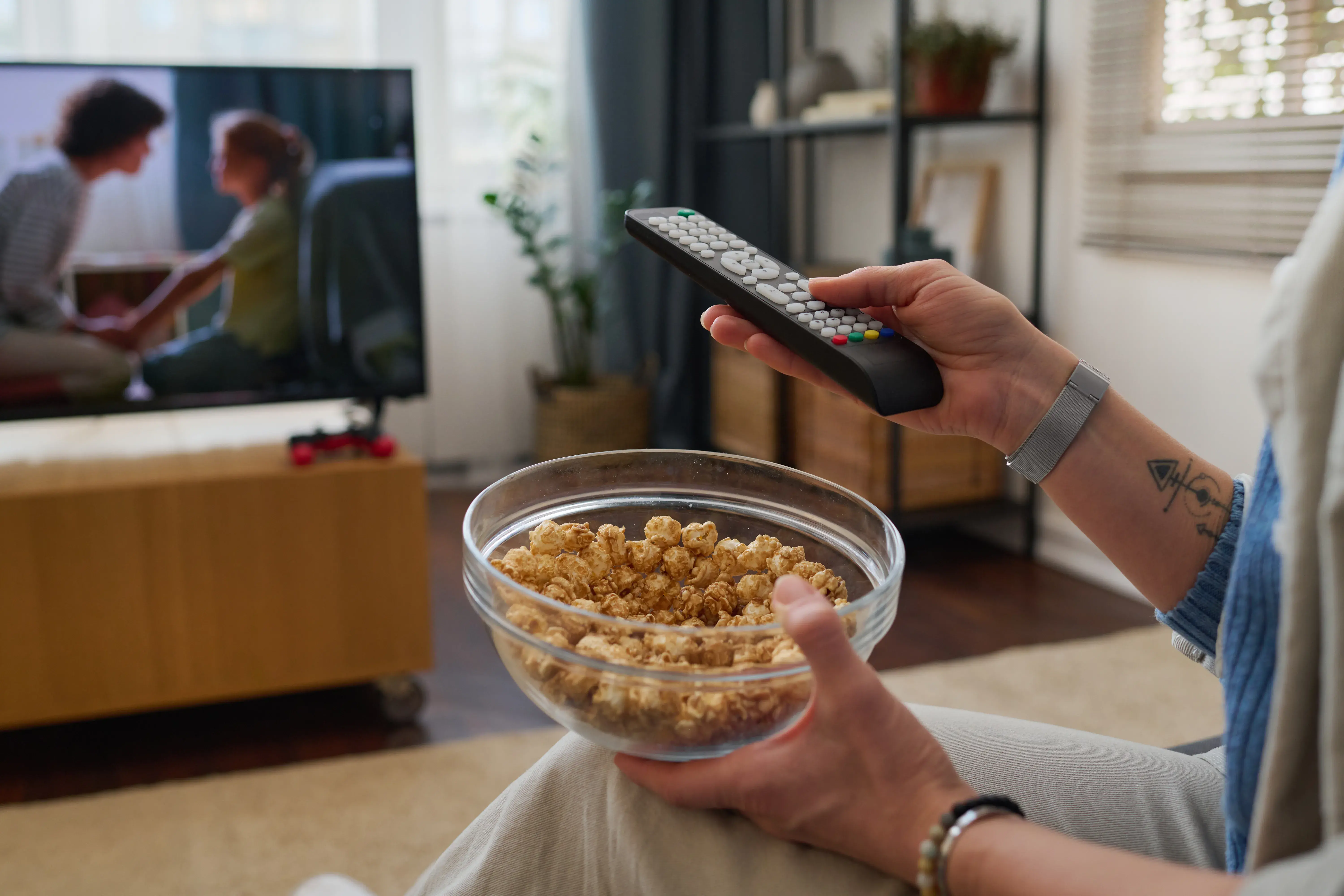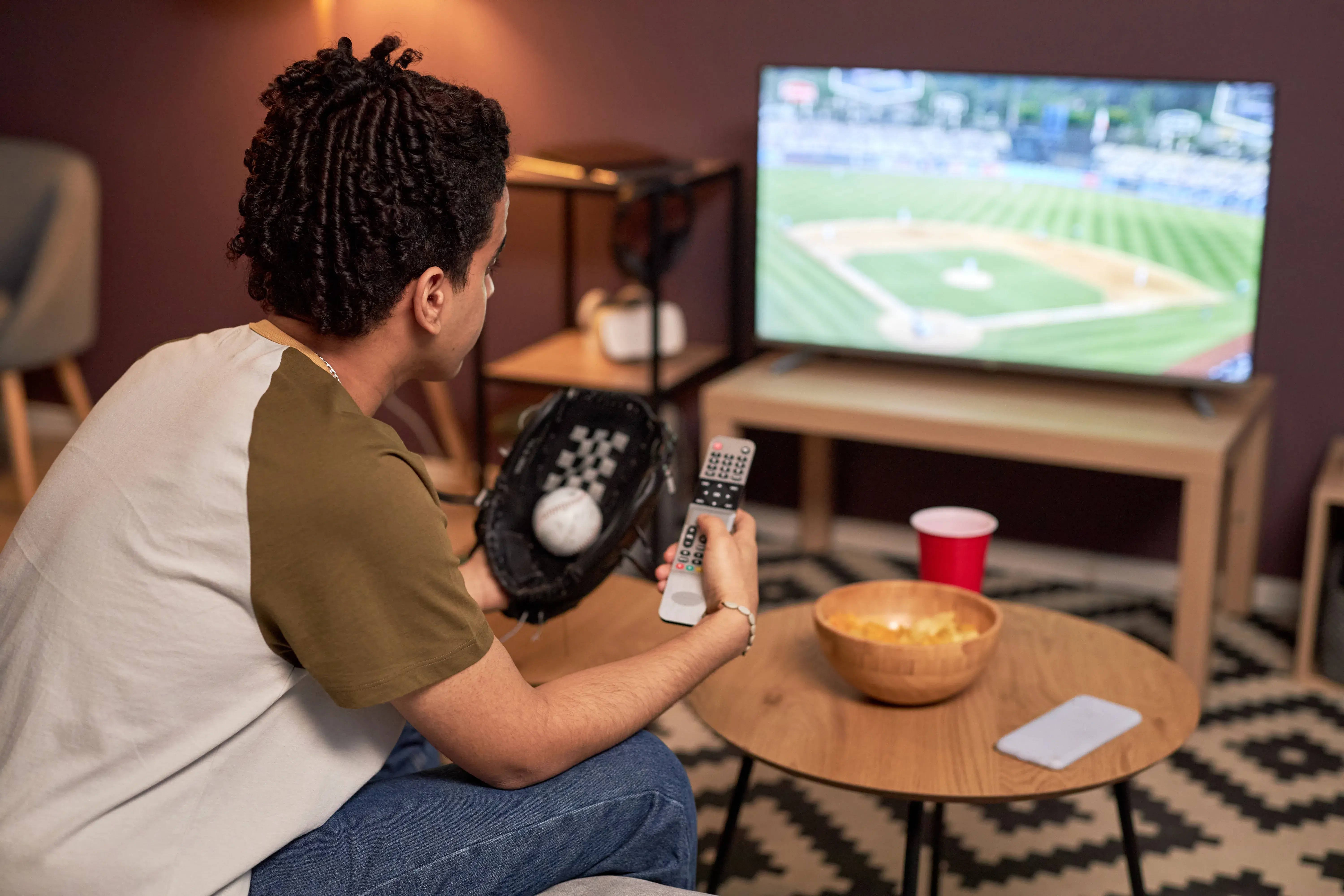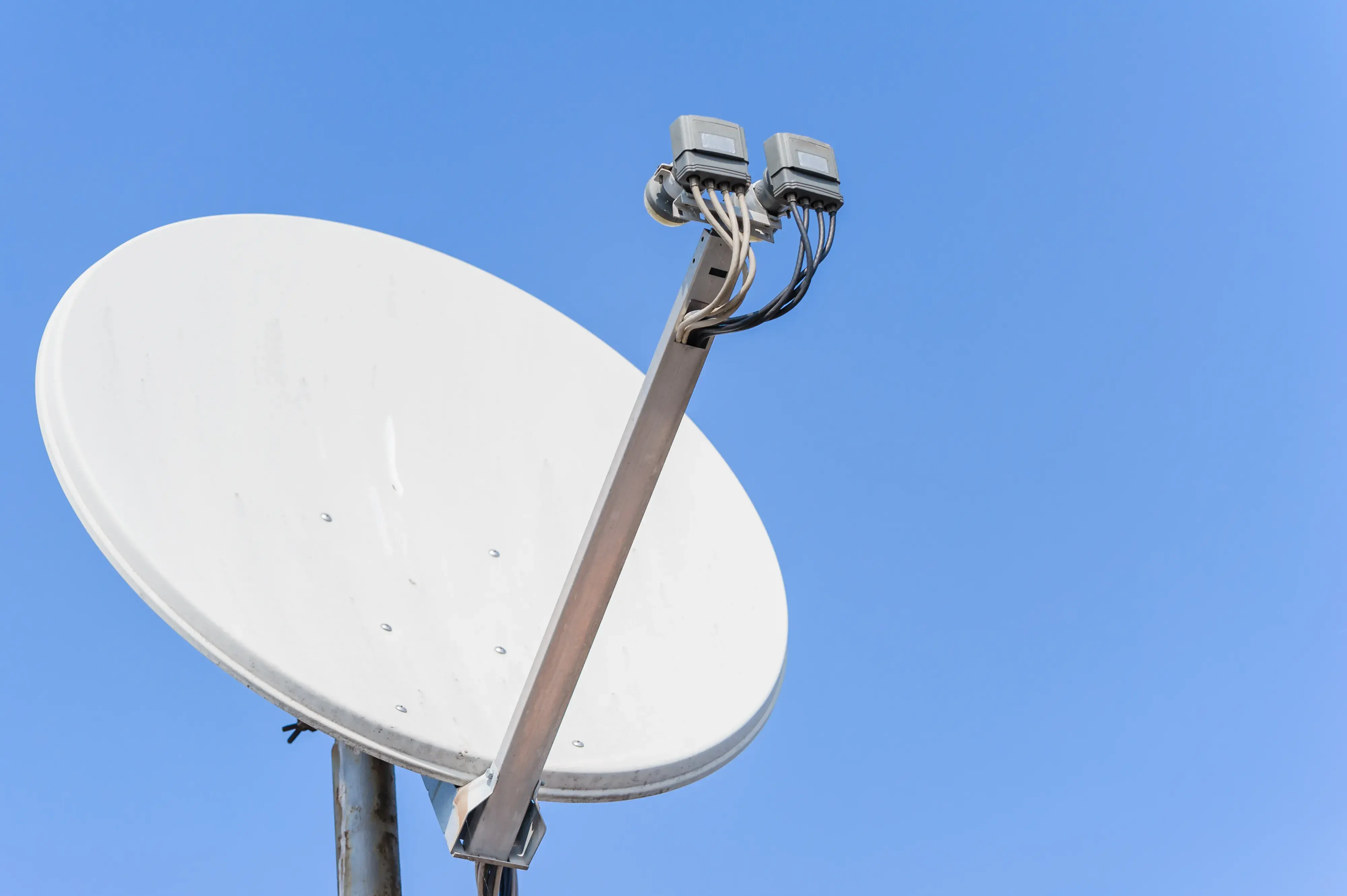-
Posted on: 10 Jul 2024
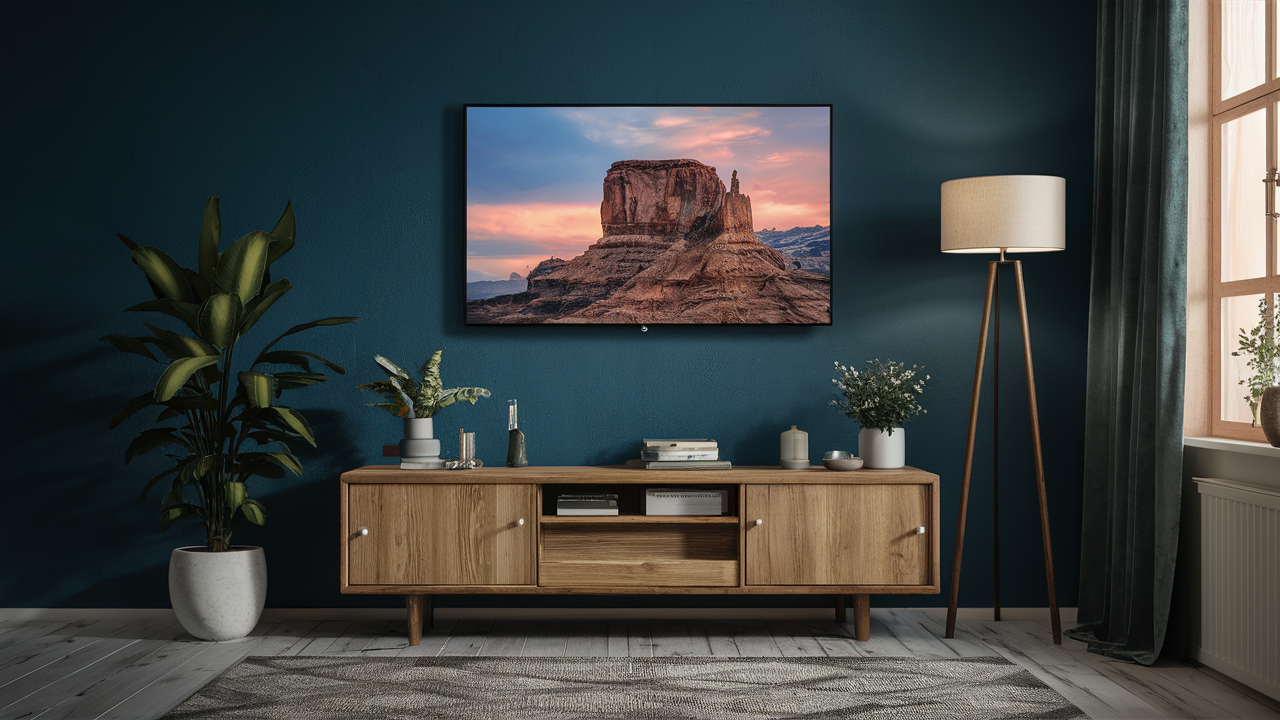
-
New smart generation TVs have gained popularity in recent times and are equipped with in-built internet connectivity to have access to various streaming apps and services. Since most of the features mentioned above are downloadable applications that can be accessed on your smart TV, one might wonder, do you still require a separate satellite dish and cable/satellite subscription for your smart TV? This topic is interesting, so let us dig deeper into it.
A Smart TV is a television set that incorporates a high-speed processor, a multi-core, and an operating system that can be used to install applications.
Smart TV is an Internet-connected TV that incorporates elements of computation into its system. The other significant feature of smart TVs is that they can directly access the Internet through a WLAN or a network cable. This enables one to run different streaming services such as Netflix, Hulu, Disney plusPlusime video among others straight on the TV without using any streaming media player.
Smart TVs also feature apps for the most used streaming services, which are preinstalled as an app store. While some smart TVs have a proprietary OS and an app store, others come preloaded with the generic OS which are Android TV, Roku TV, or webOS. The major smart TV producers today are Samsung, LG, Sony, and Vizio among other manufacturers. Thus, the actual smart functionality is limited by the fact that the TV has to be connected to the Internet.
Here’s what I found out: Smart TV vs HDTV vs LED TV vs LCD TV vs Plasma TV: Do You Need a Satellite Dish?
In essence, the answer to the question is simple; if you are endowed with a functional smart TV and internet connection, then you do not require a satellite dish. Many of those streaming services and smart software provide you with a great amount of content to watch without having to use a satellite dish or cable/satellite box.
However, there are a few things to consider before you decide to ditch traditional cable/satellite TV service entirely:
- Live Channels: Smart TVs allow you to get extensive online content through streaming apps and do not come with live broadcasting programs other than news, sports, and other cable TV networks immediately from the device. For live programming, the dish would still be required together with the cable/satellite service and the box. OTA (over-the-air) antenna can record limited local broadcast channels for free, but it may not offer a similar range as cable.
- Internet Reliability: The bulk of the smart functionalities in your TV depend solely on a perfect, fast, and unlimited home internet connection. Any problem like low internet speed, limited quota in data, or no connection can be a problem to users when streaming. Satellite and cable do not possess this form of threatening weakness otherwise known as the single point of failure.
- Streaming Costs: Although it costs less than buying a cable/satellite package contract, using only streaming services and apps will also cost money in the long run - especially if one desires a lot of content libraries. Another drawback of subscription hopping is that the activity also gets tiring at some point.
- App/Platform Support: The quality of the software on smart TVs has enhanced over the years but applications may still vary depending on the TV maker. It is very important to note that it is not always possible to have all the streaming apps on any smart TV of your choice, more so if the smart TV you are using is cheap or an older model. It also means that despite gn and layout of apps might not be the same as the way a unified cable box interface feels.
In conclusion – there is no need to have a satellite dish if you currently possess a functional, contemporary smart TV with the desired applications and solutions provided. But you can miss some of the live programming and can be bothered by internet-related issues, streaming prices accumulating, and differences in apps and television services. It all boils down to two options: whether you prefer, are willing to spend, and have the time to sit in front of the television.
Satellite and Cable TV have become a norm in most households but there is a way to get entertainment without accessing television networks.
In case you don't want to rely on either satellite/cable subscriptions or internet streaming, you can still get decent entertainment from your regular smart TV via the following options:
1. HDTV Antenna
Also known as an OTA (Over-the-Air) antenna, this enables you to capture HD signals from broadcasters in your area such as ABC, CBS, NBC, FOX, and public television networks like PBS. You can watch shows, news, events, and much more through OTA antenna channels, which are not similar to the older analog TV antennas but feed in high definition for today’s TVs. It is a single payment that affords the user free access to the service in question without further charges.
2. On-Device Streaming
Smart TVs currently feature HDMI and MHL ports and related software layers that allow users to cast content from a smartphone or tablet on the big screen. This can be done through streaming the video and audio that is being played on the other mobile devices or by duplicating files and storing them on thumb drives/hard drives and then transferring them to the screens to be viewed through USB connections. Helpful when the users have their own media collections.
3. Disc Playback
DVDs and Blu-Rays are other fantastic content types that do not need any Internet connection, or cable/satellite feeds, but only the disc drive in your smart TV. Devices that are connected through HDMI, are PlayStations and Xboxes which also come under the offline entertainment for smart TV enjoyment. It can help you future-proof your smart TV setup if you will or simply own your multimedia rather than just subscribing to it via discs and drives.
4. Gaming & Apps
The majority of smart TV platforms have centralized app stores, which are stocked full of game apps in addition to streaming media services. Many causal games with free motion-based controller functionalities offer families lots of entertainment in the living room without requiring additional accessories or charges. Some of the applications are exerexercisesrein smart TV cameras and mics also play a role in the interaction without cable/satellite or streaming packages.
Bottom Line
In conclusion, the only situation in which a satellite dish is unnecessary is if you own a certified smart TV with an Internet connection – for the simple reason that there is nearly everything you need in terms of entertainment: movies, shows, series, music, etc.; simply through streaming and applications. Unless some specific live channels are running on broadcast television which you have a high preference for, using an OTA antenna can fill in for that missing medium. Of course, there are drawbacks to this approach, like dependency on a stable internet connection in streaming and elaborate smart smart TVs. Downloading and on-device mirroring also give other ways too to listen offline as does disc media. Compare your likes regarding shows and movies, reasonable internet speed, and the features of smart TVs before considering if you should cancel the subscription and your Satellite company.
Ready to upgrade your TV experience? Call us now at (877) 471-4808 to find the perfect Dish Network plan for you! Don’t miss out on great entertainment—our team is here to help you choose the best package and get you started today.
